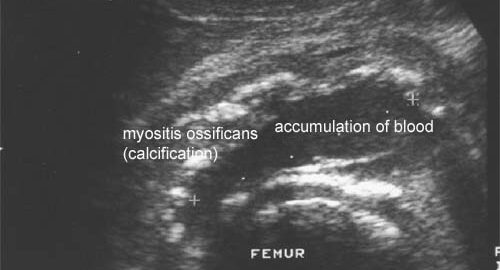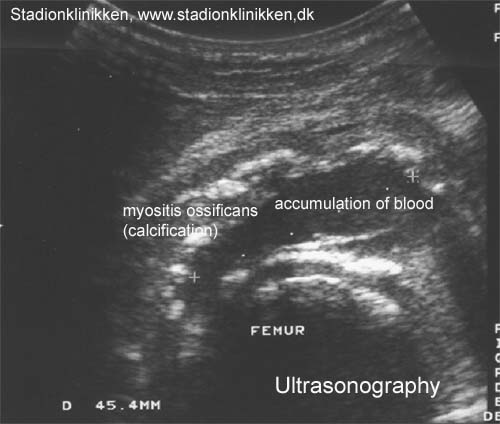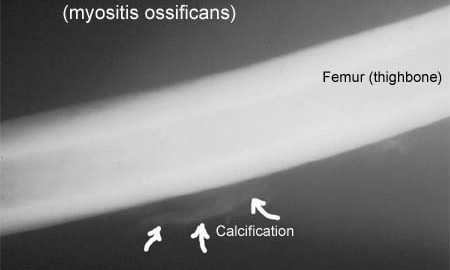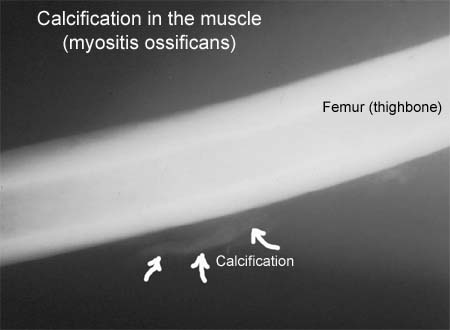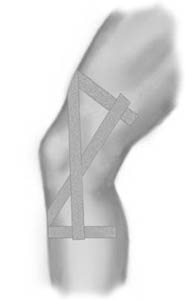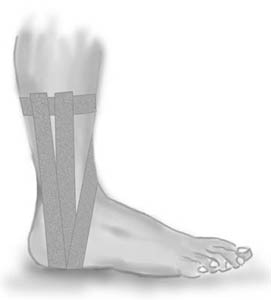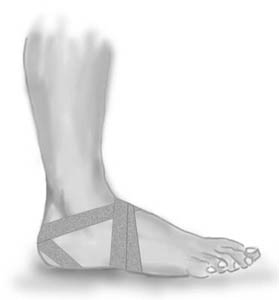CHILDRENS PHYSICAL DEVELOPMENT IN GENERAL
Children are not small adults from a sports viewpoint!
Knowledge of childrens’ growth and development during puberty is therefore of vital importance when training programs are prepared. The risk of injury must be evaluated, and preventive measures planned. Boys’ and girls’ growth patterns are on the whole identical until puberty in the 9-14 age group. Puberty begins for girls approximately 1-2 years before boys. The secondary sexual characters for girls begin to manifest themselves around the age of 11, whereas for boys it is around the age of 12. At this time, the fat content of the girls’ body increases, whereas the boys’ growth is predominantly fat-free, and primarily occurs in the bones and muscles (article-1) (article-2). The average age in Denmark for a girl’s first menstrual period is 13.4 years, and from this point they will grow on average 8 cms in height.
During the period of growth the body is especially sensitive and can be influenced by a number of factors, for example in the form of physical exercise and diet. If, for example, children and adolescents during the period of growth use more energy (calories) than is obtained from their diet, they will be in a negative energy-balance which can amongst other things result in reduced height development.
It is therefore vitally important that children and adolescents taking part in sport have a diet that contains sufficient quantities of energy, vitamins and minerals (amongst others calcium). All these requirements are fulfilled from a normal and varied diet, and it is therefore incorrect to believe that taking part in sport demands a special diet for children and adolescents. Diet supplements for healthy children and adolescents are therefore never warranted, and must be strongly advised against.
The mineral content, density and strength of the bones increases during the period of growth, and reaches the maximum in the early twenties. The calcium content of the bones is thereafter gradually reduced throughout the rest of the life. The higher the calcium content is at the age of 20, the lesser the risk of developing brittleness of bones (osteoporosis) later in life. A normal and varied diet, as well as regular exercise, increases the calcium content of bones.
Earlier tests of young female gymnasts have shown that intensive physical training can result in a delayed pubertal development, increased occurrences of menstrual disturbance, delayed bone maturity, reduced mineral content later in life and reduced height, weight and fat percent in relation to age (article-3). However, other tests have been unable to reveal any harmful effects even after lengthy and intensive training during the period of growth (article-4) (article-5).
Children and adolescents develop the enzyme systems that are necessary to improve the anaerobic capacity (intermittent sprint training, anerobic training) quite late. These forms of training for children are therefore pointless.
It can generally be concluded that the physical development of children and adolescents is primarily conditional upon genetics and hormones, and that physical exercise and a diet of normal good quality are the principal ingredients in this natural development. An analysis of the diet and training activity should be included in the primary medical examination in cases of growth or menstrual disturbance in children and adolescents.

